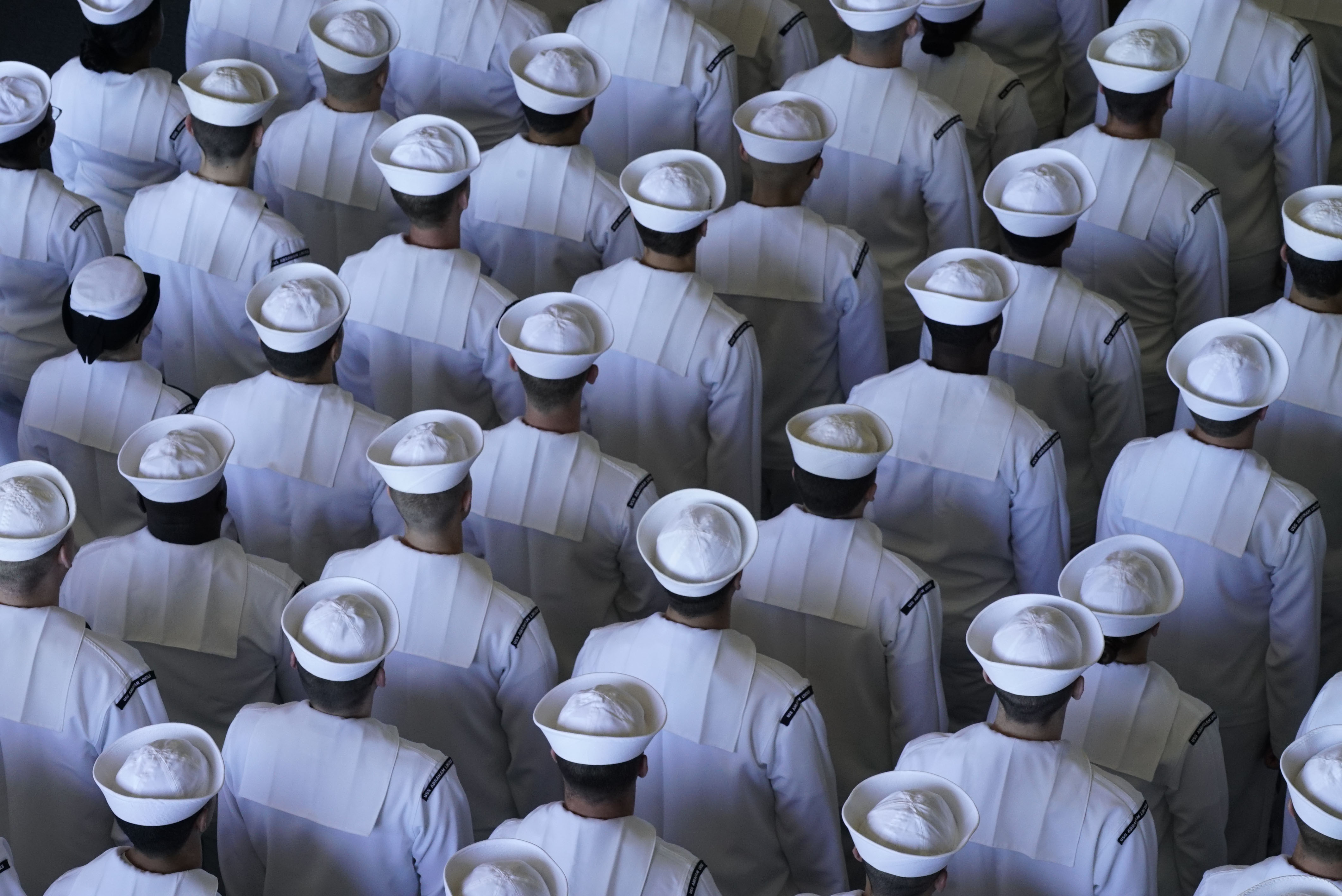
Moving qualified service members through the security clearance process to be part of the rapidly expanding cyber mission force has been a challenge for the military, a key Senate panel was told on Tuesday.
“We are having to adjust [but] for the first time we’re building a [cyber] MOS in the Marine Corps,” Maj. Gen. Lori Reynolds, commander Marine Forces Cyberspace Command, told the Senate Armed Services cyber subcommittee.
Vice Adm. Michael Gilday, commander of United States Fleet Cyber Command and U.S. 10th Fleet, said the Navy is trying to begin that lengthy process earlier in a sailor’s career so that can move to assignments and still be vetted properly. He added the Navy’s 20 cyber teams are fully operational capable.
Like all the services, the Marines need to have these specialists trained to be able to explain to the whole force the value of cyber and how to securely operate in that domain.
Coast Guard Vice Adm. Marshall Lytle III, chief information officer on the Joint Staff, said as the Pentagon moves out of the initial phase of building a cyber force it was important for the services to have the resources to properly man, train and equip that force.
He said common standards are already in place for training members of the National Mission Teams, Cyber Mission Force to support combatant commanders offensively and Defense Cyber Forces and initial training is the same across the services.
Earlier, he told the panel this standardized training improved jointness and interoperability among the services.
Lytle noted the scope of cyber defensive and offensive capabilities are greater now than they ever were and commanders recognize it more than they did even three years ago.
As to who has the lead in strikes against critical infrastructure that could in the future include state electoral processes, Lytle said it was the Department of Homeland Security, but the Pentagon could be called upon to provide civil assistance to civilian agencies.
Gilday said a recent executive order identifying critical infrastructure “was a good step” in identifying what needed special attention and protection.
Lytle said that in developing a comprehensive cyber strategy the question of speeding the process to involve DoD in responding to an infrastructure attack should be addressed.
To meet the challenges from Russia, China and others, Lytle said there needs to be continued investment in cyber capabilities and recruiting and retaining qualified applicants in and out of uniform.
Army Lt. Gen. Paul Nakasone said the Army is looking to other services, to adopt better cyber practices, how to defend weapons systems and installation.
He specifically mentioned the Navy’s advances in hardening legacy systems and writing contracts with cyber security in mind.
All the service cyber chiefs agreed with Gilday that major steps have been taken in the last three to four years to improve capabilities, training and equipping. “Two years ago, we couldn’t do the defense mission on our own,” now the Navy can.





